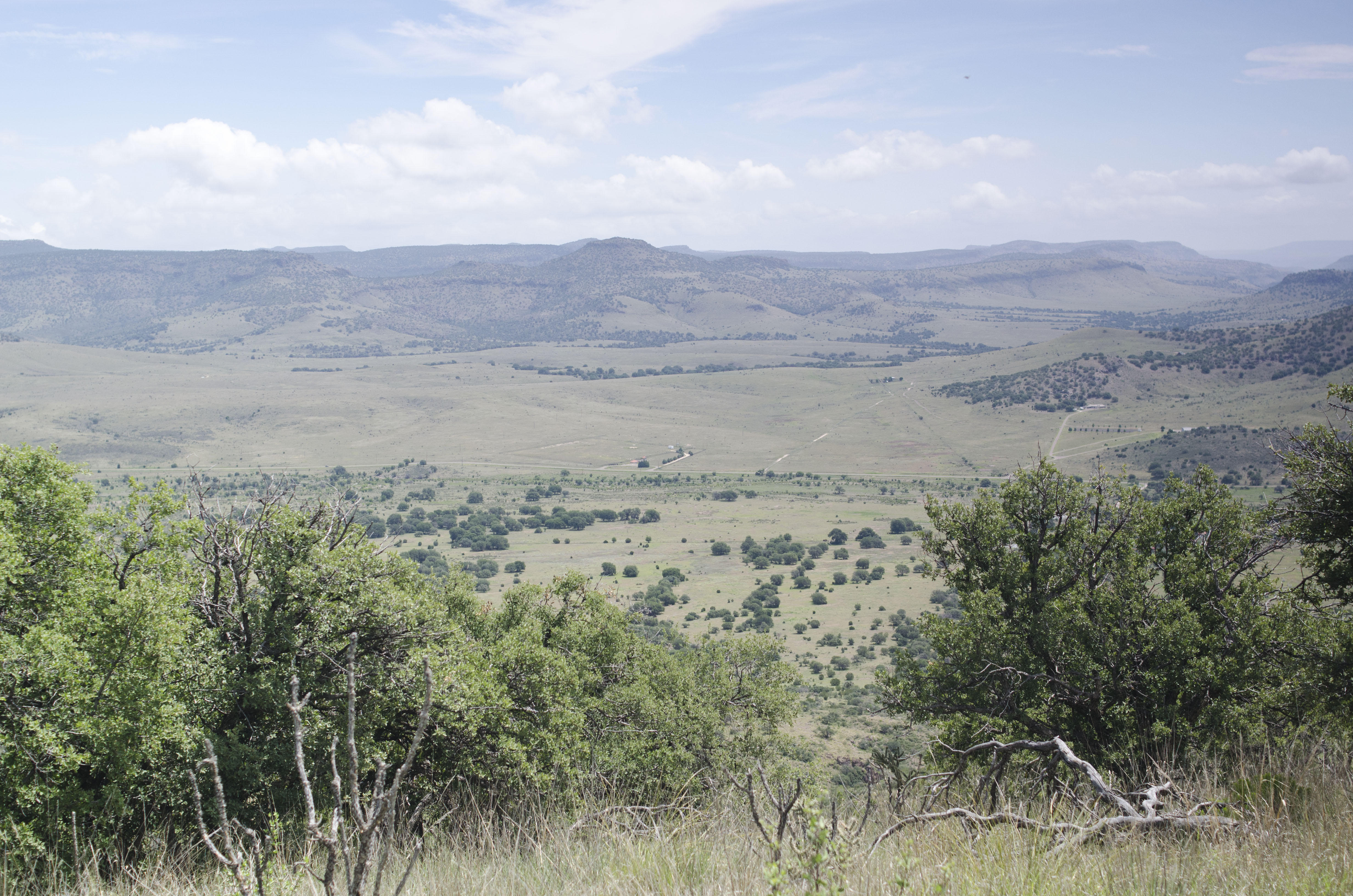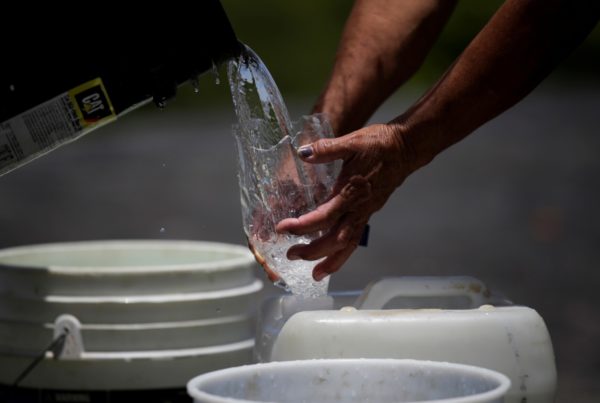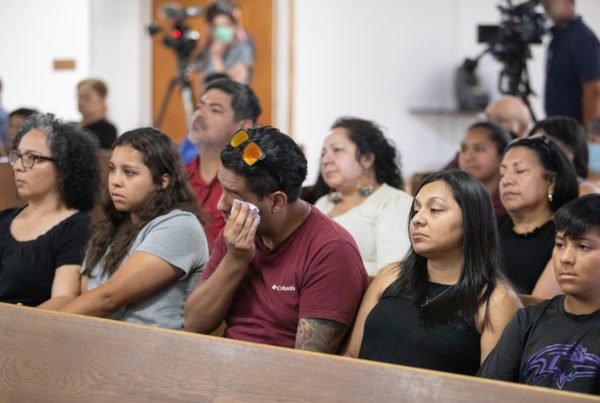With heightened concern over dwindling water supplies in communities all across Texas, many towns and cities have put in place their most strict water conservation ordinances.
Robert Mace, executive director and chief water policy expert for the Meadows Center for Water and the Environment at Texas State University, says the lack of rainfall and unprecedented heat has caused aquifers in Texas – as well as statewide reservoir levels – to drop to levels reminiscent of the drought between 2009 and 2015. Listen to the interview above or read the transcript below.
This transcript has been edited lightly for clarity:
Texas Standard: How would you describe water supply conditions across the state right now?
Robert Mace: Well, with the lack of rainfall and some unprecedented temperatures, we’re seeing aquifer levels drop, and we’re also seeing our statewide reservoir levels drop somewhat reminiscent of the drought we saw from 2009 to 2015.
You mentioned groundwater across Texas, support water supply in some very populated parts of the state. Thinking about the Edwards Aquifer, the Trinity Aquifer, the Ogallala Aquifer – how are our ground water resources doing right now?
Well, in Central Texas, and particularly the Edwards Aquifer, it’s an aquifer that has a lot of caves in it and fractures. It’s very responsive to the weather and very responsive to drought, unfortunately. And so we’ve seen water levels drop in those aquifers and we’ve seen spring flows as a response also drop. So, for example, Jacob’s Well, which is fed by the Trinity Aquifer, has recently stopped flowing. And then we’ve also seen Las Moras Springs stop flowing. San Felipe Springs out in Del Rio, which is fed by Edwards Aquifer, has kind of the lowest levels of flow in at least 50 years. And we’re also seeing Barton Springs, and San Marcos Springs where I work, not reached historic lows, but going deeper into the drought levels and requiring people to cut back usage in order to preserve the spring flows and the endangered species that live in them.
» MORE: Falcon Lake, now at devastatingly low capacity, has a storied history
What efforts would you like to see? I mean, besides the just regular conservation that folks can do, and being mindful of their water use. Are there bigger efforts that the state needs to make to preserve our water resources for years to come?
I think there’s things that can be done on an institutional level to conserve water. So, for example, using the built environment as a water supply, capturing air conditioning, condensate, which we generate a lot in Texas, capturing rainwater, reusing the wastewater. There’s a school in Wimberley that we refer to as the first “One Water” school in Texas, where, by capturing rainwater condensate, doing onsite wastewater treatment, they reduced their water footprint from the Trinity Aquifer by 90%. The City of Austin has done some very neat things with the main library. Similarly they also reduced the reliance on Colorado River water for that building by 80% to 90%. And then Austin also recently revealed a building scale wastewater treatment plant where they’re treating the wastewater that goes down the toilets, sinks the urinals, a treating and bringing it back in to flush urinals and flush toilets, thereby creating more water savings.
It sounds like that ought to be conversations that we’re having at a broader level at this point then.
Yes, I agree. And with the Texas population almost doubling every 50 years and just the easy water is gone for the most part. And so we need to be more creative and more strategic about where our water supplies are coming in the future, not only to make sure that you and I have water, but also that there’s water for the environment as well.














